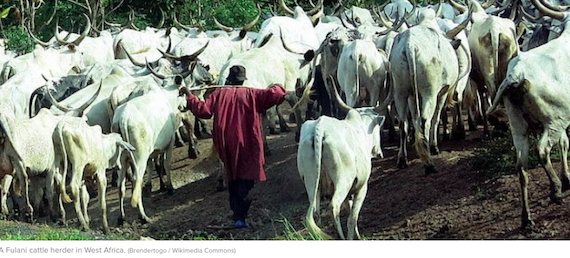
WASHINGTON, March 19, 2018 – The worsening impacts of climate change in three densely populated regions of the world could see over 140 million people move within their countries’ borders by 2050, creating a looming human crisis and threatening the development process, a new World Bank Group report finds
But with concerted action – including global efforts to cut greenhouse gas emissions and robust development planning at the country level – this worst-case scenario of over 140m could be dramatically reduced, by as much as 80 percent, or more than 100 million people.
The report, Groundswell – Preparing for Internal Climate Migration, is the first and most comprehensive study of its kind to focus on the nexus between slow-onset climate change impacts, internal migration patterns and, development in three developing regions of the world: Sub-Saharan Africa, South Asia, and Latin America.
It finds that unless urgent climate and development action is taken globally and nationally, these three regions together could be dealing with tens of millions of internal climate migrants by 2050. These are people forced to move from increasingly non-viable areas of their countries due to growing problems like water scarcity, crop failure, sea-level rise and storm surges.
These “climate migrants” would be additional to the millions of people already moving within their countries for economic, social, political or other reasons, the report warns.
